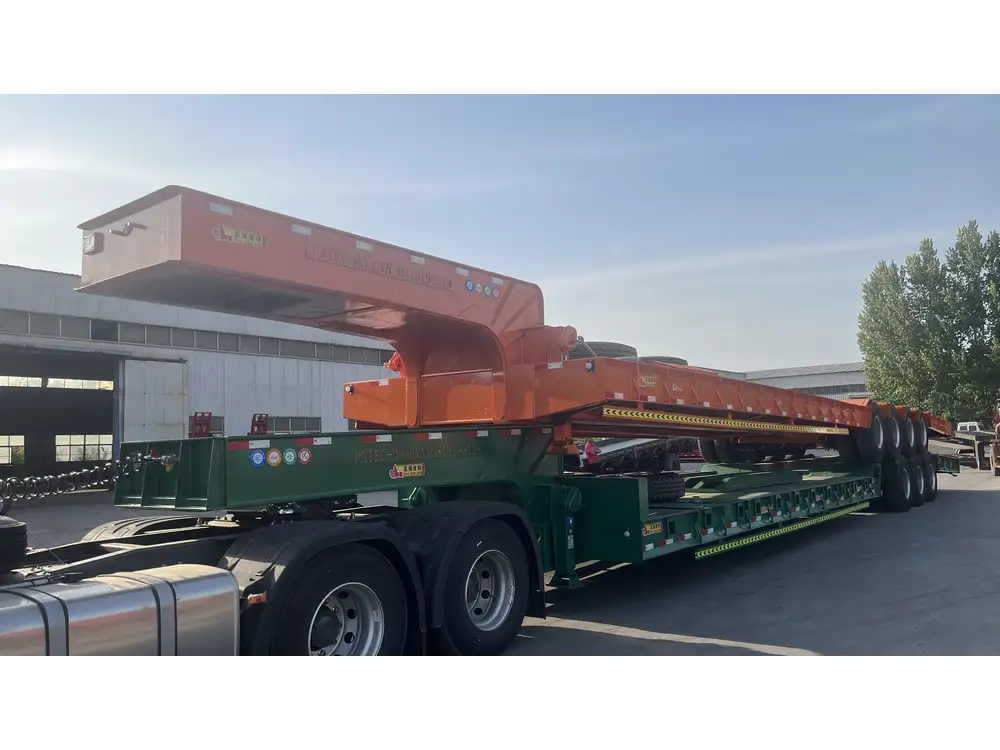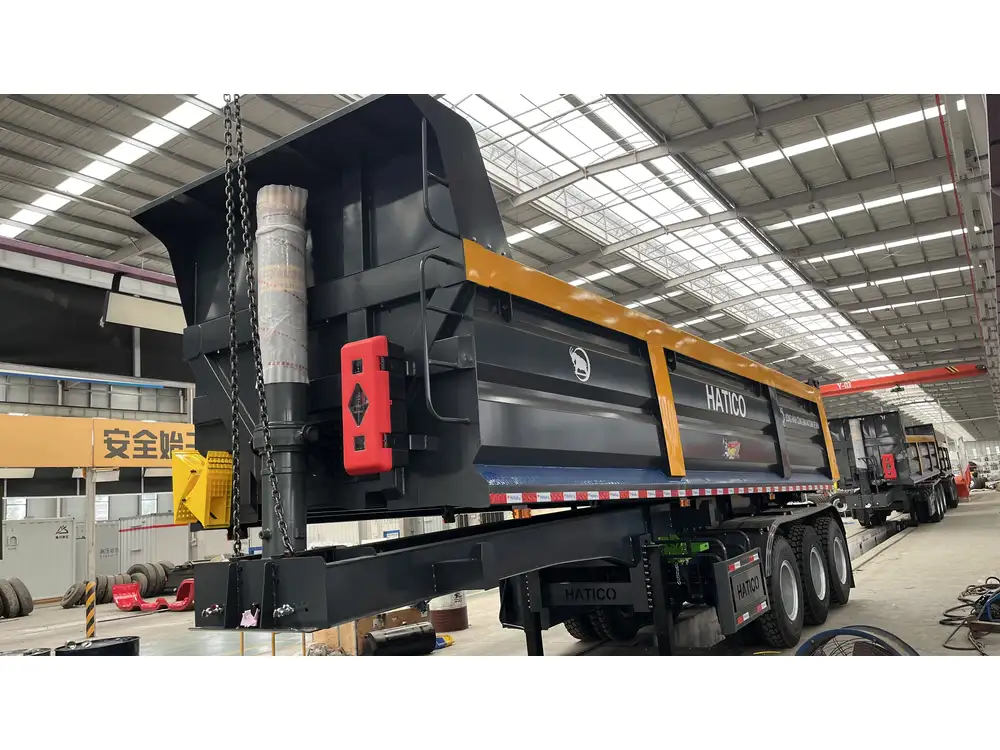When it comes to transport and construction, choosing the right equipment is essential. One piece of equipment often utilized in these industries is the dump trailer, particularly the 6×10 model. Users frequently query, “How much can a 6×10 dump trailer hold?” This crucial question involves not just load capacity but also the implications of weight distribution, material type, and regulatory standards.
Capacity Overview
The typical dimensions of a 6×10 dump trailer refer to a trailer that is 6 feet wide and 10 feet long. This trailer size serves various applications, from landscaping projects to small construction tasks.
Weight Capacity and Volume
To address the fundamental query regarding how much a 6×10 dump trailer can hold, it’s essential to comprehend two critical metrics: weight capacity and volume capacity.
| Metric | Description | Example Value |
|---|---|---|
| Volume Capacity | Space available for material | Approximately 3.5 cubic yards |
| Weight Capacity | Maximum weight it can carry (including trailer weight) | Typically 3,000-6,000 lbs |

Volume Analysis – What Does 3.5 Cubic Yards Mean?
What does a volume of approximately 3.5 cubic yards mean in practical terms? Well, it equates to roughly:
- Material Types:
- Topsoil: Each cubic yard of topsoil weighs about 1,200-1,500 lbs. Therefore, you could carry 2-3 yards depending on other factors.
- Gravel: More like 1,800 lbs per cubic yard, thus holding less in terms of yardage but more weight due to density.
- Mulch: Less dense at about 800-1,000 lbs per cubic yard, meaning more volume can be carried.
Practical Applications and Real-World Use Cases
The 6×10 dump trailer is versatile; it caters effectively to various projects. Here’s a deeper look at how the trailer’s capacity is utilized across different scenarios:
Construction and Renovations
- Hauling Debris: The capacity allows for the transportation of construction debris, such as concrete and bricks. Maximum efficiency can be achieved by packing 2-3 cubic yards, depending on type and density.
- Material Transport: When delivering sand, gravel, or topsoil to construction sites, the trailer provides the flexibility required for both volume and weight.

Landscaping
- Soil and Mulch: For gardening and landscaping tasks, homeowners frequently engage 6×10 dump trailers to deliver soil or mulch. They can manage significant volumes yet retain the ability to maneuver into tight spaces.
DIY Projects
- Many individuals use these trailers for personal projects, such as cleaning yards or moving materials for home renovations. With their capacity, these trailers hold enough material to make multiple trips unnecessary.
Weight Distribution and Load Management
Understanding how to optimally use the capacity of a 6×10 dump trailer also hinges on grasping weight distribution and load management. Flash points to consider include:
- Proper Weight Distribution: Uneven weight can cause swaying or instability during towing.
- Load Securing: It’s crucial to secure any load with straps or tarps to prevent shifting, especially under acceleration or brakes.

Regulatory Limitations
In addition to understanding capacity, it’s vital to be aware of local regulations governing trailer loads. These may involve:
- Weight Limits: Exceeding the stated weight limit can lead to penalties. Ensure your total load does not surpass manufacturer recommendations.
- Towing Vehicle Compatibility: The vehicle used to tow the trailer should have a hitch rated appropriately for the weight of the loaded trailer.
Safety Considerations
When utilizing a 6×10 dump trailer, several safety protocols should always be observed:
Load Limits and Overloading
One frequently overlooked safety aspect is overloading, which is not only hazardous but could also lead to legal repercussions. Regularly checking the load and adhering to prescribed weight limits can mitigate risks.

Braking Distance
Increased weight affects braking distance. This means more considerable loads require longer stopping distances, thus ensuring that both driver and load are adequately prepared for unpredictable driving conditions.
Proper Hitch Connection
Ensuring a secure hitch connection is paramount. A loose or improperly secured hitch can lead to serious accidents on the road.
Trailer Maintenance
Regular inspection of the trailer’s physical condition is essential. This includes:
- Checking for structural integrity, especially after heavy use.
- Ensuring that tires are adequately inflated.
- Regular brake inspections to maintain stopping power.

Conclusion: Maximizing a 6×10 Dump Trailer’s Potential
In conclusion, a 6×10 dump trailer presents a conducive solution for multiple hauling needs, with a weight capacity ranging typically between 3,000 and 6,000 pounds contingent on the trailer’s design and volume capacity of approximately 3.5 cubic yards. Demystifying its operational parameters allows users to optimize both efficiency and safety.
Key Takeaways:
- Choose the Right Material: Consider weight density when planning loads.
- Ensure Compliance: Always be aware of weight regulations to avoid penalties.
- Stay Safe: Adhere strictly to safety practices, including load securing and proper braking techniques.
Invest wisely; understanding your equipment fully allows you to maximize its benefits, keeping both operational efficiency and safety in the forefront.



